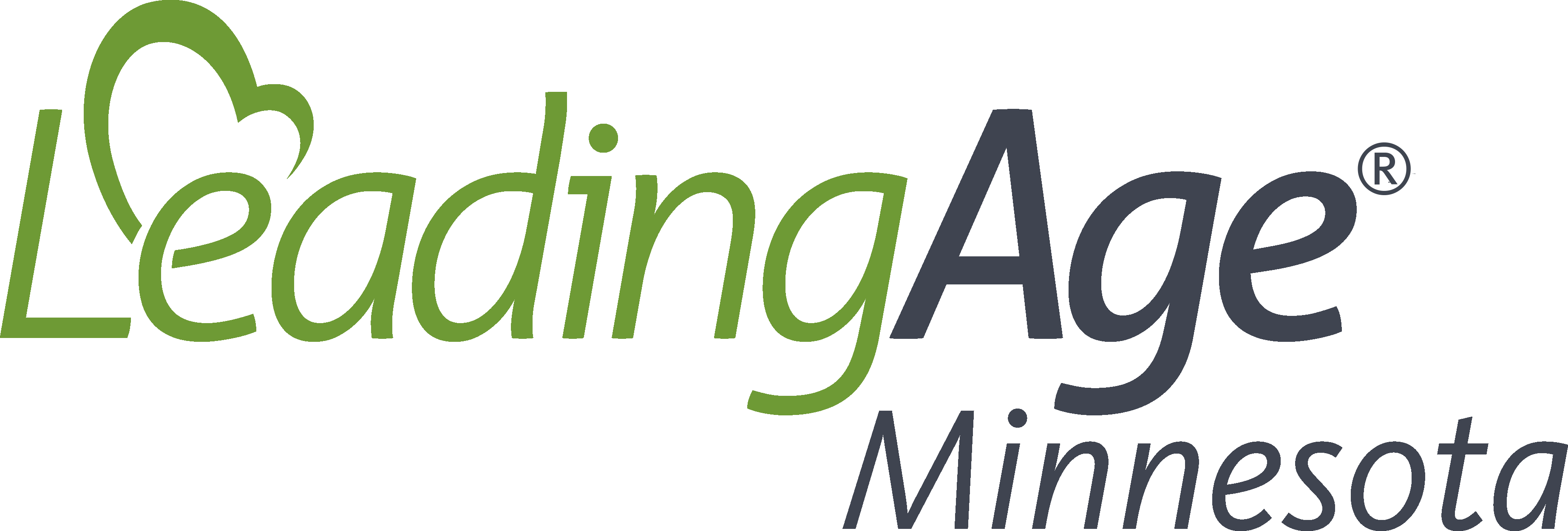Reimagining Infection Control
Posted on December 1, 2022 by Mark Schulz
An article published on Nov. 15 in the Journal of the American Medical Directors Association (JAMDA) discusses the need to reimagine infection control within nursing homes to keep pace with rising acuity and multiple comorbidities in today’s residents to remain effective.
According to the author, Dr. Christopher Crnich, “The dual challenges of rising complexity of medical care delivered in [nursing homes] and an increasing frequency of outbreaks caused by high consequence pathogens require reimagining what is possible in this setting.” He continues, “The existing structure of the infection control program in most [nursing homes] is inadequate and requires major change for these settings to become safer and more resilient health care environments.”
Recommended Solutions
Dr. Crnich states in his article that solutions for the situation must include a mix of long-term and immediate solutions. Options should include but are not limited to separating long-term and short-stay residents, overhauling private room construction, and providing more significant resources to infection preventionists (IPs).
His recommendations include the following:
- Providing IPs more support from other parts of the nursing home “work system,” referring to operator leadership and local government entities. The number of hours an IP devotes to infection control has “almost doubled” since the onset of the pandemic, he added, from 20 to 38 hours per week, according to a study conducted by Michigan nursing homes.
- Ensuring training resources are made available regularly to make sure IPs have the most up-to-date education, he said.
- Implementing staffing ratios specifically for IPs. Currently, the CDC’s interim recommendation is for a ratio of one full-time IP per 100 beds for any facility that provides on-site ventilator or hemodialysis services.
- Implementing an infection prevention committee made up of the administrator, director of nursing, medical director, and potentially a consulting pharmacist would be helpful too, he said, while hospitalists could lend their expertise to neighboring nursing homes. “Hospitals that find ways to extend their infection control resources and technical expertise to [nursing homes] in their referral networks has the potential to reduce avoidable readmissions and introduction of multidrug-resistant organisms, which should generate benefits for both parties,” he added.
He said that a more long-term recommendation to better manage the colonization and spread of multidrug-resistant organisms lies in separating long-term and short-stay residents and the staff that care for them.
Alignment with Biden-Harris Announcements
This article supports concepts from the Biden-Harris administration’s early 2022 announcement desiring to increase infection preventionists usage within nursing homes, expand penalties for nursing homes with poor performance records, and “beef up” scrutiny of poor performing nursing homes known as “special focus facilities.”
More Information
You can read Dr. Crnich’s full article here.
Comments
Add a comment
Members must sign in to comment
You must be a member to comment on this article. If you are already a member, please log in. Not a member? Learn how to join »

No one has commented on this article yet. Please post a comment below.